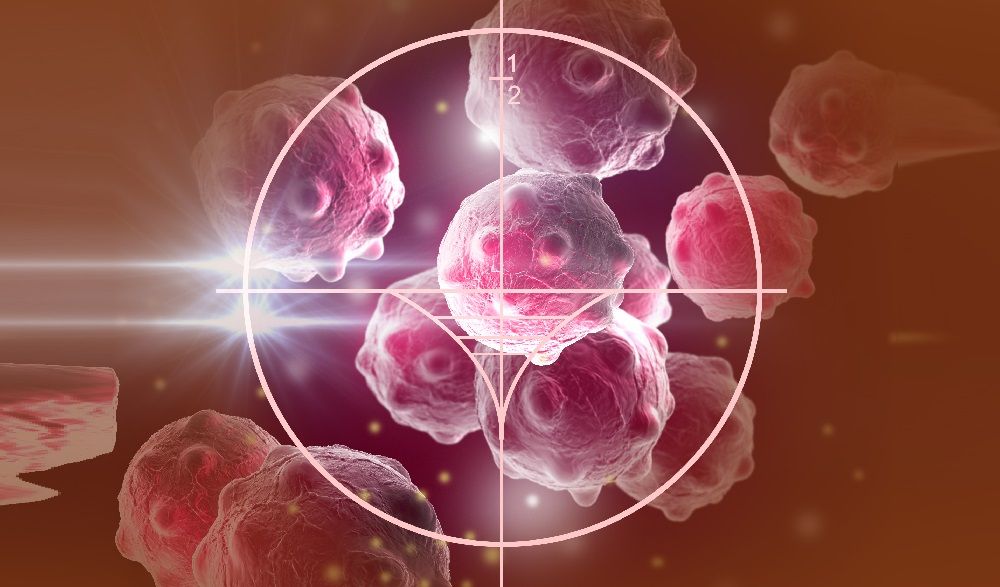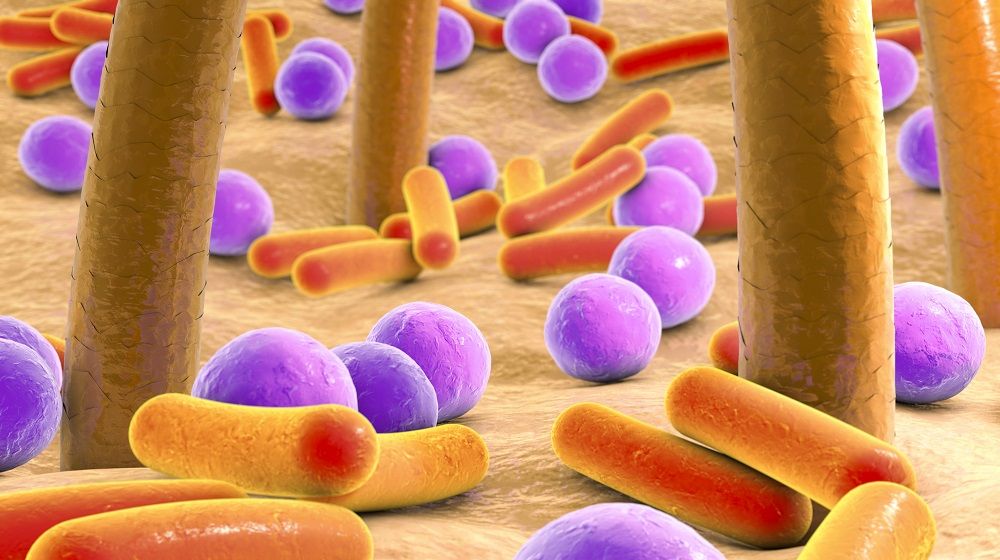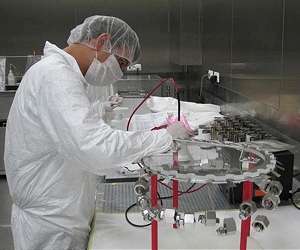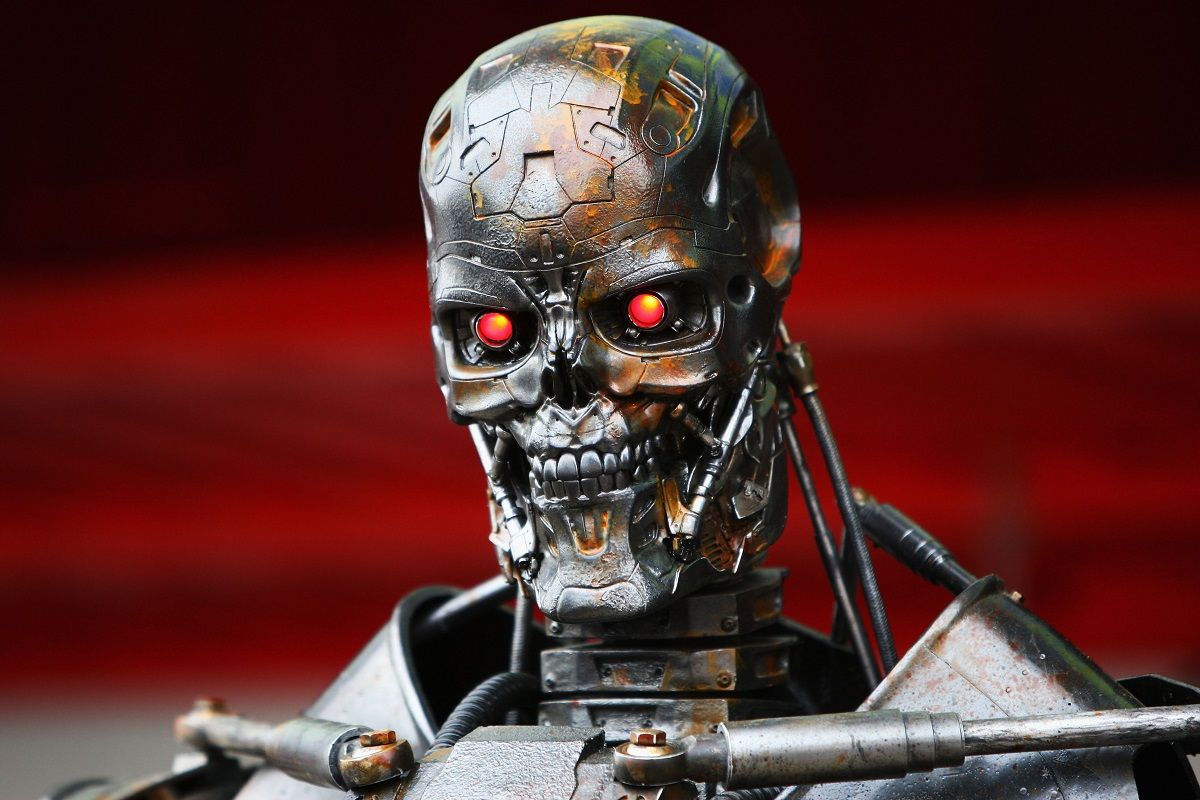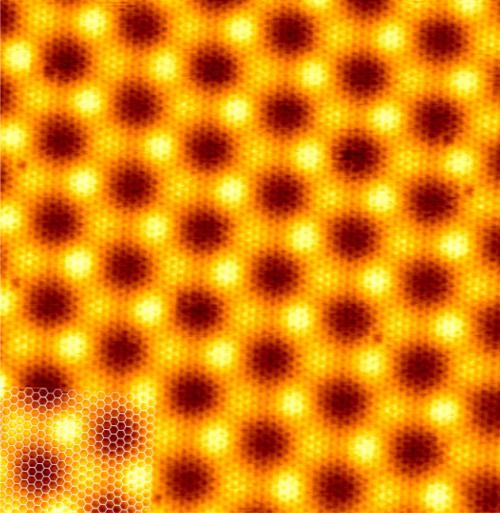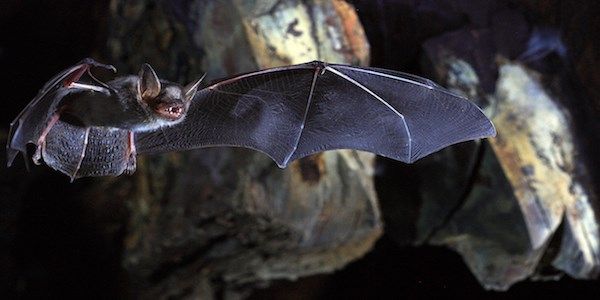Summary: Treatability of cancer was raised to over 80% by a new intelligent system that sifts through massive genetic datasets to pinpoint targets for cancer treatment, say these scientists. [This article first appeared on LongevityFacts. Author: Brady Hartman. ]
Scientists in Singapore have discovered a significantly improved way to treat cancer by listening to many different computer programs rather than just one.
Their new computer program reaches a consensus on how to treat a specific tumor, and it is significantly more accurate than existing predictive methods. The system isolates the Achilles heel of each individual tumor, helping doctors to choose the best treatment.
